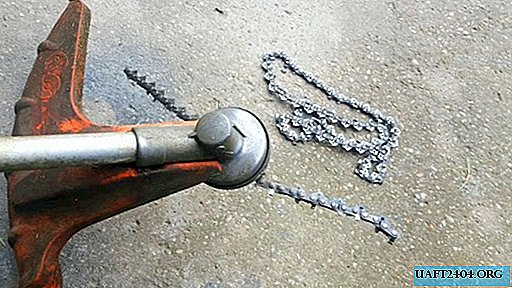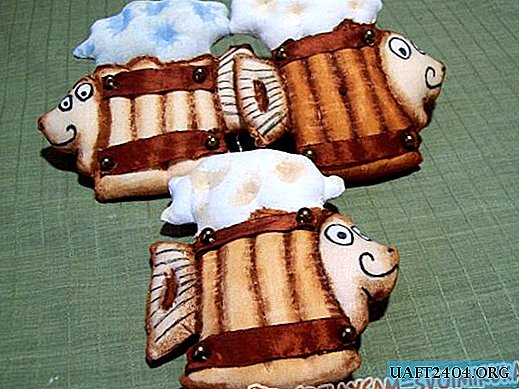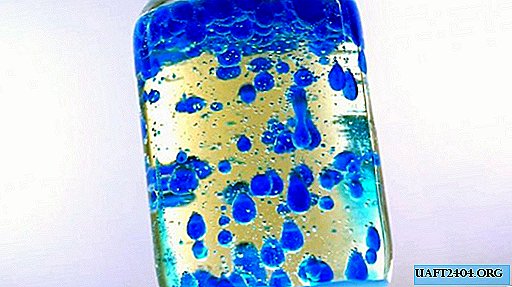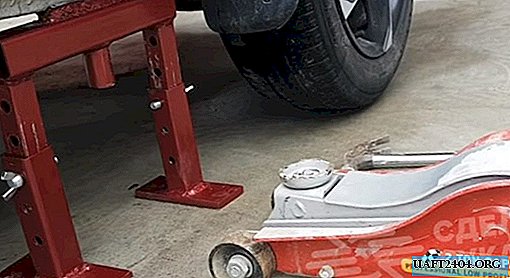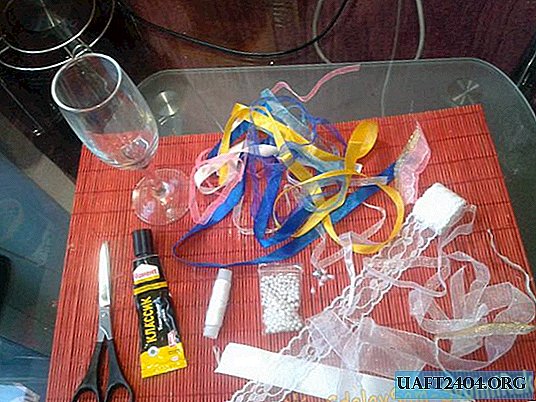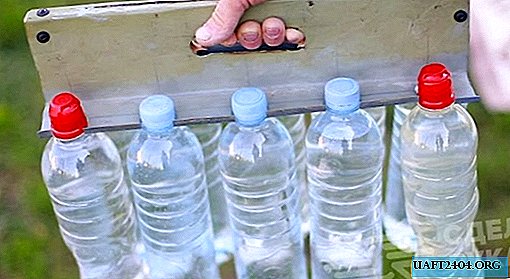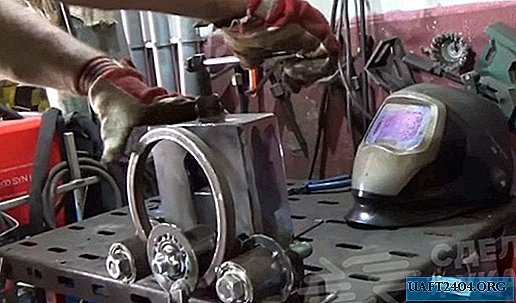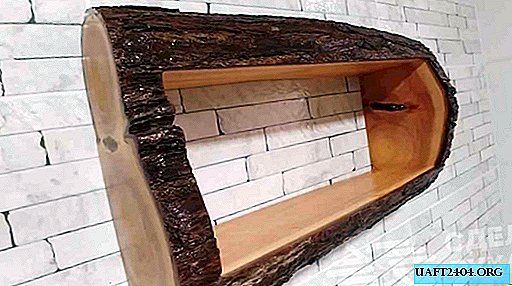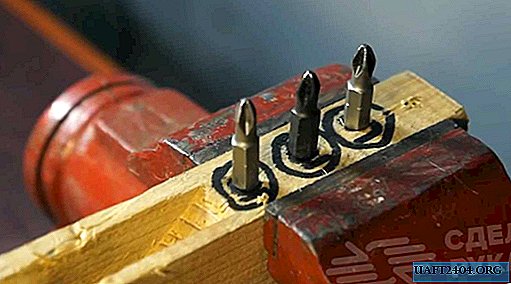
Cheap bits for a screwdriver do not differ in workmanship, so their service life is very short. But not every master has the opportunity to buy expensive branded bits.
There is an alternative - to harden the bits so that it lasts longer. The usual quenching by heating with a gas burner and subsequent cooling in oil is known to everyone, for sure.
And how will a bit behave if it is tempered, for example, with graphite at high voltage currents? The author proposes to get an answer to this question experimentally - to test three bits: without quenching, quenched in oil and quenched with graphite.
How to temper a bit for "shurik" using graphite
Graphite for this experiment can be taken from ordinary finger-type batteries that have already "rewound their time." In order not to get your hands dirty, it is better to work with gloves. Then the graphite rods need to be crushed into powder.

For hardening bits using graphite (this process is also called cementation), it will be necessary to make a simple device - the author uses it for engraving. The author hooks one of the clamps to a metal plate with graphite powder, and the second one attaches to the bit itself.

Please note that in this case, the author considers the surface method of hardening, and therefore the procedure itself takes about 5-7 minutes in time.

You can learn more about how to harden the bits for a screwdriver with graphite and high voltage currents, as well as the result of the experiment, by watching the video on the website.

